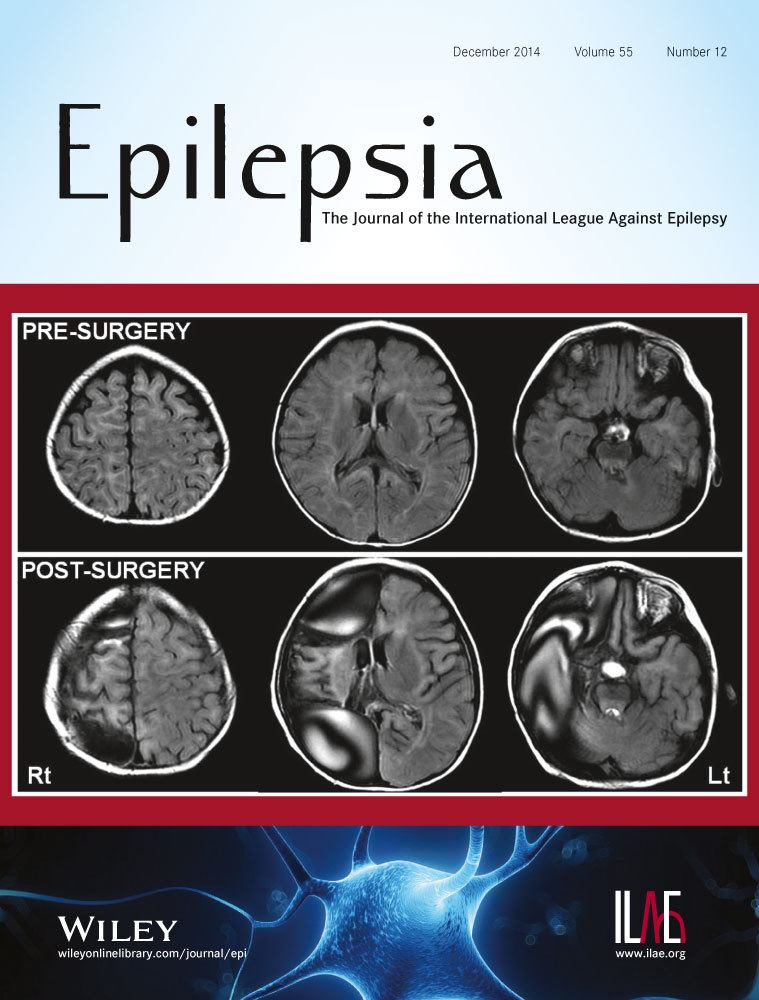Vagus nerve stimulation reduces cardiac electrical instability assessed by quantitative T-wave alternans analysis in patients with drug-resistant focal epilepsy
Summary
Objective
The cardiac component of risk for sudden unexpected death in epilepsy (SUDEP) and alterations in cardiac risk by vagus nerve stimulation (VNS) are not well understood. We determined changes in T-wave alternans (TWA), a proven noninvasive marker of risk for sudden cardiac death in patients with cardiovascular disease, and heart rate variability (HRV), an indicator of autonomic function, in association with VNS in patients with drug-resistant focal epilepsy.
Methods
Ambulatory 24-h electrocardiograms (N = 9: ages 29–63, six males) were analyzed.
Results
Mean TWA during the interictal period was 37 ± 3.1 μV (mean ± SEM) in lead V1 for nine patients monitored following implantation of the VNS system (n = 7) or battery change (n = 2). Of these, six patients also monitored prior to implantation (n = 5) or battery change (n = 1) showed abnormally high TWA levels pre-VNS (60.0 ± 4.3 μV), which were significantly reduced by 24.3 μV (to 35.7 ± 4.8 μV, p = 0.02) after VNS settings were adjusted for desired clinical response. TWA in four (67%) of the six patients was reduced in association with VNS to levels below the 47-μV cut point of abnormality. The decrease in TWA was correlated with VNS intensity (r = 0.88, p < 0.02). In addition, low-frequency HRV was reduced by 60% (805.61 ± 253.96 to 323.49 ± 102.74 msec2, p = 0.05) and low-to high-frequency HRV ratio by 32% (3.34 ± 0.57 to 2.26 ± 0.31, p = 0.025), indicating a change in autonomic balance in favor of parasympathetic dominance.
Significance
This is the first report that elevated levels of TWA in patients with drug-refractory partial-onset seizures were reduced in association with VNS, potentially by improving sympathetic/parasympathetic balance. VNS may have a cardioprotective role at stimulation settings typically used for seizure control. These findings indicate the utility of TWA for tracking improvement in cardiac status in this population.




